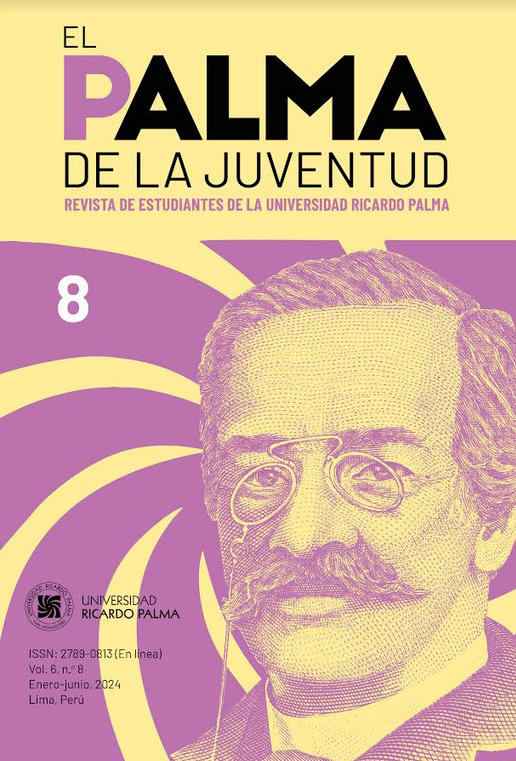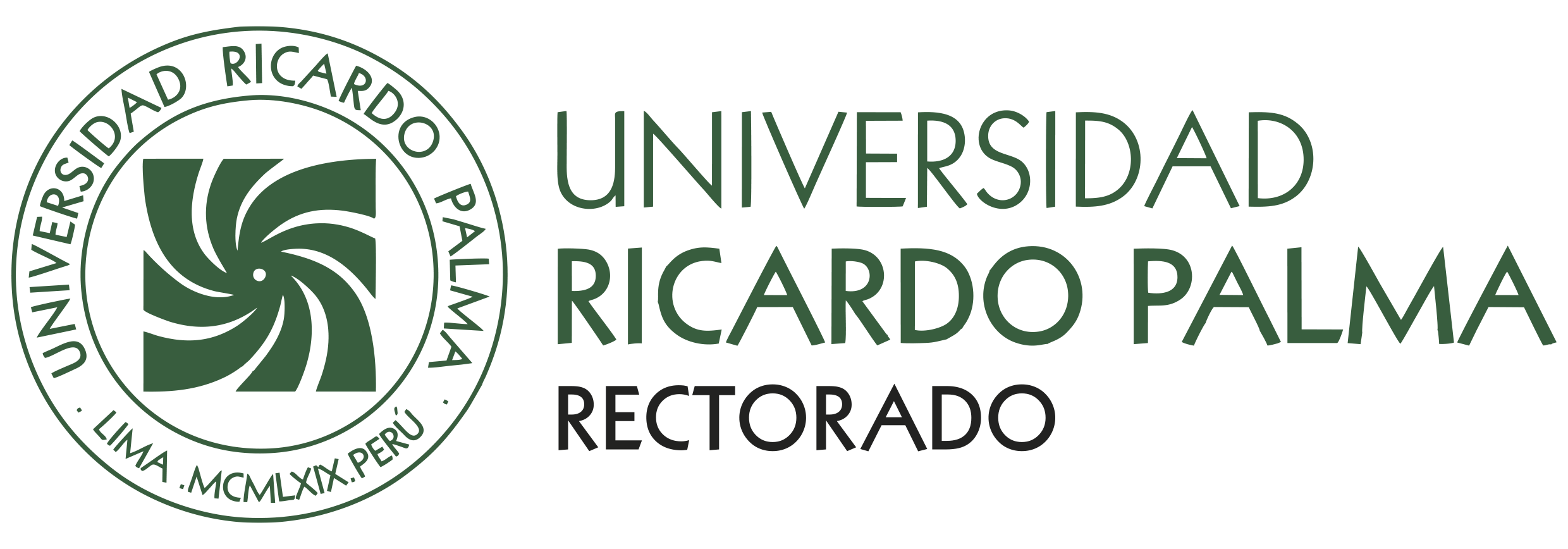Fragmented cities in Latin America in the context of class struggle: a study from dialectical historical materialism based on the tradition «Por beber una copa de oro» («For drinking a cup of gold»)
DOI:
https://doi.org/10.59885/epdlj.2024.v6n8.02Keywords:
Peruvian traditions, urbanism, inequality, superstructure, infrastructure, class consciousness, productive rural communitiesAbstract
The current mode of production, along with its implications, is undeniably manifested in all aspects of our daily lives, as we find ourselves subjugated by a system that favours those who hold property rights and their interests. This phenomenon also leaves its mark on cities, which are built by elites, repeatedly disengaging from their social responsibility, obeying the logic of capital, while the needs of marginalised communities are generally ignored and forgotten. However, in the midst of this global hegemony, resistance movements emerge that challenge the imposed conditions. Through this article, we seek to promote a dialogue from the perspective of dialectical historical materialism, exploring the importance of architecture and urbanism as a reflection of social configuration, using the case of the village of Tintay (Aymaraes, Apurímac) in the tradition «Por beber una copa de oro» («For drinking a cup of gold») and the case of Latin America as a representative testimony of the struggle of the less privileged population.
References
Althusser, L. (1967). La revolución teórica de Marx. Siglo XXI Editores.
Ayala (2023, 23 de mayo). Santa Fe se convertirá en el centro de negocios de México. https://www.eleconomista.com.mx/estados/Santa-Fe-se-convertira-en-el-centro-de-negocios-de-Mexico-20230523-0105.html
Bienales de Arquitectura (s. f.). Aldea Navarro. Modelo de hábitat colectivo rural en torno al agua. http://www.bienalesdearquitectura.es/index.php/es/?option=com_content&view=article&id=10992
Ferreyra, J. (2015). Hegel: el idealismo absoluto como slum naturalism. Revista de Estud(i)os sobre Fichte, 10. https://doi.org/10.4000/ref.622
González, M. (2023). Airbnb en CDMX: el impacto de la plataforma en el desplazamiento y encarecimiento de viviendas en Ciudad de México. BBC News Mundo. https://www.bbc.com/mundo/noticias-america-latina-64551591
Hadjinicolaou, N. (2005). Historia del arte y lucha de clases. Siglo xxi Editores.
Lissardy, G. (2020, 6 de febrero). Por qué América Latina es «la región más desigual del planeta». BBC News Mundo. https://www.bbc.com/mundo/noticias-america-latina-51390621
Ludeña, W. (1997). Ideas y arquitectura en el Perú del siglo xx. SEMSA.
Marx, K. y Engels, F. (1888). Tesis sobre Feuerbach. https://www.flacsoandes.edu.ec/sites/default/files/agora/files/1307655087.lflacso_1845_marx.pdf
Marx, K. y Engels, F. (1974). La ideología alemana. Ediciones Grijalbo. https://teoriaevolutiva.wordpress.com/wp-content/uploads/2013/10/marx-k-la-ideologc3ada-alemana.pdf
Moreno, M. (2008). La producción espacial de lo global: lo público y lo privado en Santa Fe, Ciudad de México. Alteridades, 18(36), 75-86. https://alteridades.izt.uam.mx/index.php/Alte/article/view/199/198
Narváez, A. (2020). Desigualdad y hambre en el Perú: 2001-2017. Investigaciones Sociales, 22(42), 287-301. https://revistasinvestigacion.unmsm.edu.pe/index.php/sociales/article/view/17494
Olivera, P. y Salinas, L. (2018). Desplazamientos y gentrificación extendida. Políticas neoliberales y resistencias sociales en la Ciudad de México. Revista de Geografía Norte Grande, (71), pp. 167-187. https://revistanortegrande.uc.cl/index.php/RGNG/article/view/22785
Oxfam Internacional (2015, 30 de septiembre). Privilegios que niegan derechos. https://www.oxfam.org/es/informes/privilegios-queniegan-derechos
Oxfam Internacional (2016, 16 de marzo). La concentración del ingreso y la riqueza está en el corazón de la desigualdad en América Latina: CEPAL y OXFAM. https://www.oxfam.org/es/notas-prensa/laconcentracion-del-ingreso-y-la-riqueza-esta-en-el-corazon-dela-desigualdad-en
Oxfam Internacional (2024, 15 de enero). Desigualdad S.A. El poder empresarial y la fractura global: la urgencia de una acción transformadora. https://www.oxfam.org/es/informes/desigualdad-sa
Pallasmaa, J. (2014). La imagen corpórea, imaginación e imaginario en la arquitectura. Editorial Gustavo Gili.
Palma, R. (2007). Por beber en copa de oro. En Tradiciones peruanas. Tercera serie. Biblioteca Cervantes Virtual. https://www.cervantesvirtual.com/obra-visor/tradiciones-peruanas-tercera-serie--0/html/01559788-82b2-11df-acc7-002185ce6064_4.html#I_7_
Pino, A. (2007, 1 de julio). El trabajo campesino y su importancia para un proceso de sostenibilidad alimentaria en zonas rurales. Prensarural. https://www.prensarural.org/spip/spip.php?article1389
Salinas, L. y Romero, E. (2019). El impacto del sector inmobiliario en los procesos de gentrificación en la colonia Juárez, Ciudad de México. Revista Geográfica Venezolana, 60(2), 398-412. https://www.redalyc.org/journal/3477/347766130010/
Toledo, Z. (2021). Una guía para entender el Perú de Pedro Castillo. Nueva Sociedad, (295), 72-81. https://biblat.unam.mx/hevila/Nuevasociedad/2021/no295/6.pdf
Valenzuela, A. (2007). Santa Fé (México): Megaproyectos para una ciudad dividida. Cuadernos Geográficos, 40(1), 53-66. https://revistaseug.ugr.es/index.php/cuadgeo/article/view/1163/1356
Villeda, K. (2022, 27 de julio). Las murallas invisibles de Santa Fe: una ciudad dentro de otra ciudad. Gatopardo. https://gatopardo.com/reportajes/santa-fe/#_ftnref1
Yávar, J. (2014, 13 de julio). Fotografía de Arquitectura: ‘Mundos Aislados’, segregación urbana y desigualdad en Santa Fe. Archdaily. https://www.archdaily.pe/pe/623902/fotografia-de-arquitectura-mundos-aislados-segregacion-urbana-y-desigualdad-en-santa-fe
Downloads
Published
How to Cite
Issue
Section
License
Copyright (c) 2024 Abigail Ortiz Curinambe

This work is licensed under a Creative Commons Attribution 4.0 International License.
La revista utiliza una licencia Creative Commons para mostrar a los lectores y usuarios cómo se pueden utilizar los contenidos publicados.
Los contenidos publicados en esta revista están bajo una licencia CC-BY 4.0. Esta licencia permite:
- Compartir, copiar y redistribuir el material en cualquier medio o formato.
- Adaptar, remezclar, transformar y construir a partir del material para cualquier propósito, incluso comercialmente.
Bajo los siguientes términos:
- Atribución. Usted debe dar crédito de manera adecuada, brindar un enlace a la licencia, e indicar si se han realizado cambios. Puede hacerlo en cualquier forma razonable, pero no de forma tal que sugiera que usted o su uso tienen el apoyo de la licenciante.










